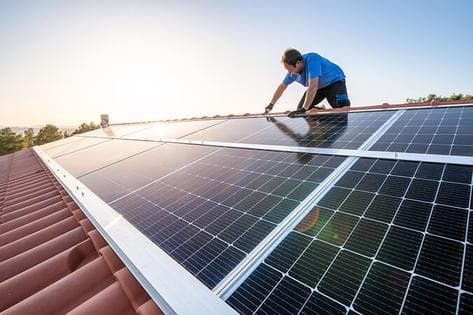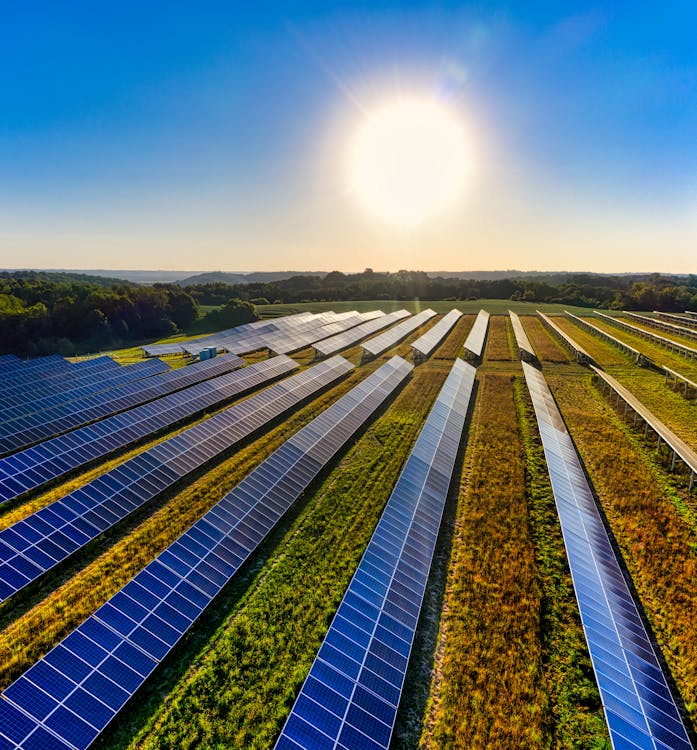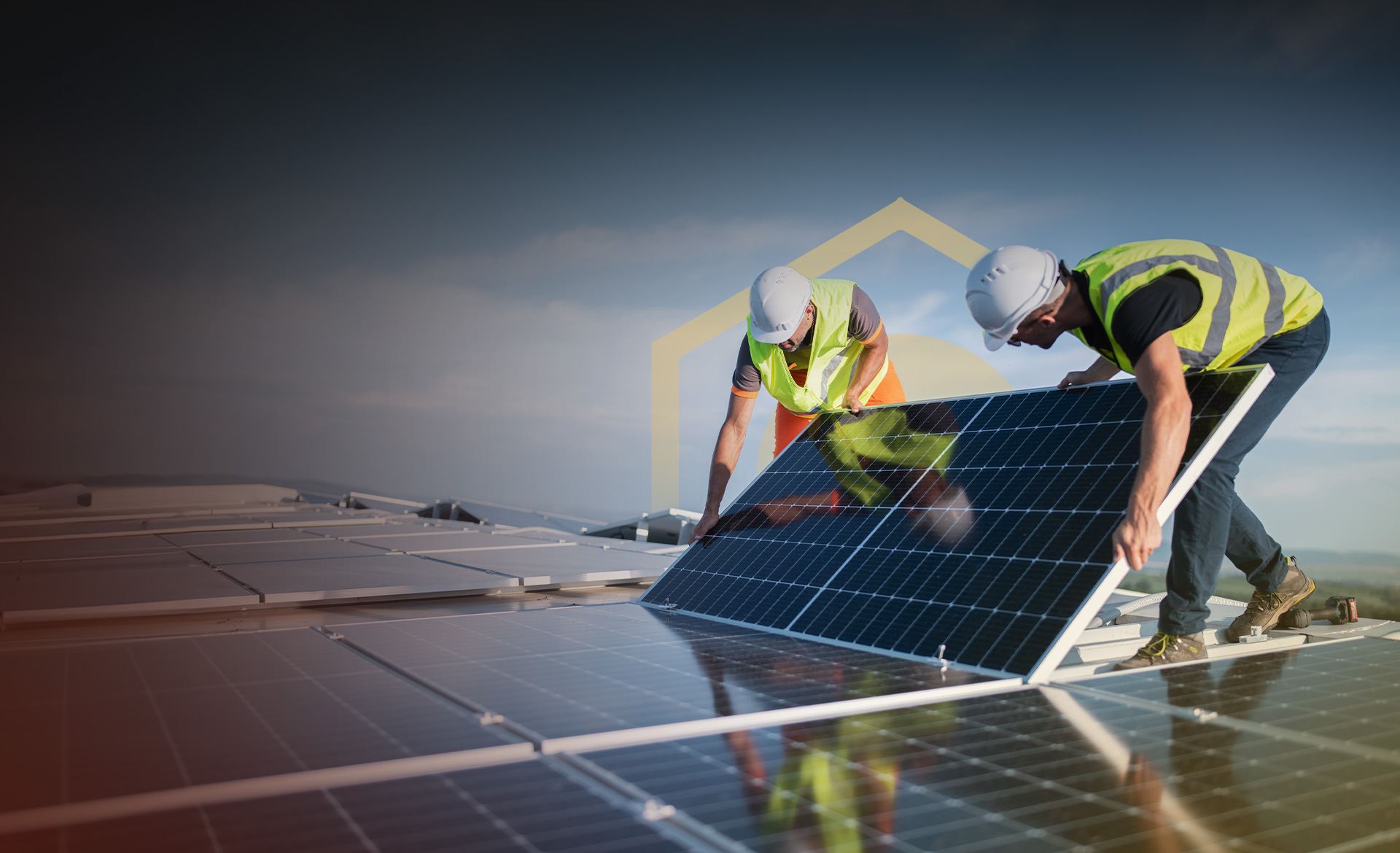Benefits Of Solar Energy PA: Our Firm Concentrates On The Setup And Management Of Photovoltaic Energy Systems
History and Advancement of Photovoltaic Panel Business
The beginning of solar panel business can be traced back to the 1800s when Alexandre Edmond Becquerel found the photovoltaic effect. Would he have thought of how his discovery would revolutionize the way we harness energy?
Early Starts

In 1954, Bell Labs developed the very first practical photovoltaic cell. This marked a significant turning point in the history of solar energy. They were at first used to power area satellites, but who knew this was simply the start?
Advancement and Growth
- In the 1970s, an energy crisis caused increased interest in renewable resource sources, including solar energy.
- By the 1990s, developments in technology and increasing environmental awareness resulted in the growth of photovoltaic panel companies globally.
A New Era
As we entered the 21st century, the solar industry experienced a rapid growth. The need for clean and renewable energy produced a new period in the photovoltaic panel industry.
Fascinating Realities
- The world's very first solar power station was integrated in 1982 in Hisperia, California.
- By 2019, solar energy had become the world's fastest-growing source of power.
The journey of solar panel business has been remarkable, hasn't it? The future holds tremendous capacity, with continuous improvements paving the way for a sustainable future. Can we picture a world powered completely by solar power?
Progressing
Today, photovoltaic panel companies continue to innovate, striving for more effective and cost-efficient services. The development of solar power has actually come a long method, and yet, the journey has just started.
The Core of Solar Panel Production
Ever question what enters into developing those shiny, sun-loving solar panels? The process is as outstanding as completion item (Solar Panel Installation Pennsylvania). High-purity silicon, the primary ingredient in photovoltaic panels, goes through various improvements to ensure its effectiveness and resilience
From Sand to Silicon
Crystalline silicon, the foundation of many solar panels, stems from basic sand. It's an interesting journey, isn't it? The sand goes through a high-temperature reaction with carbon to form silicon. This isn't just any silicon. The silicon utilized in solar panels is "solar-grade," with a pureness of 99.9999%. It's this purity that allows the panels to effectively transform sunlight into power.
Ingot Formation
When the silicon is pure enough, it's time to form ingots. Image a large, cylindrical block of strong silicon. How is this attained? Through a process called Czochralski process, where the silicon is melted and then gradually recrystallized. It's a sluggish dance of science, leading to a strong product that is almost as pure as the raw silicon itself.
Slicing into Wafers
The ingots are then sliced into wafer-thin pieces, like slicing a loaf of bread. Each slice is a possible solar cell, waiting to harness the power of the sun. Did you know that the silicon wafers are only about 200 micrometers thick? That's about half the thickness of a human hair! The procedure requires accuracy and perseverance, but the outcome is a set of wafers all set to be turned into solar batteries.
Creating Solar Battery
With the wafer prepared, it's time for the magic to occur. The silicon wafer is 'doped' with other elements like phosphorous and boron to produce an internal electric field. It's this field that makes it possible for the conversion of sunlight into electrical energy. Complex, isn't it?
Assembly and Quality Assurance
Solar battery are like puzzle pieces that come together to form a photovoltaic panel. The cells are soldered together in a grid-like pattern, then covered with a protective layer of glass. The last step involves extensive quality control checks. It's necessary that every solar panel carries out at its peak, would not you concur?
Insider Pointer
Constantly remember that even the most optimally manufactured photovoltaic panel can lose performance due to dirt and debris build-up. Routine cleaning can considerably enhance your panels' performance.
Comprehending the Ecological Impact of Photovoltaic Panel Companies
Ever contemplated the environmental footprint of a solar panel company? Green technology, such as solar, has transformed our energy landscape, but what about the behind-the-scenes impact?
The Manufacturing Process: A Double-Edged Sword
The manufacturing process for photovoltaic panels requires a significant amount of energy. This process, known as 'em bodied energy', can be seen as a type of 'energy debt'. It's a little like obtaining today's sunshine to power tomorrow's energy needs. However worry not, the energy payback time is typically shorter than you 'd believe!
- The energy payback duration for solar panels is generally 1-4 years.
- After this period, the energy produced is essentially carbon-free.

Life After Decommission
And what occurs when a solar panel reaches the end of its life expectancy? Can it simply be tossed into the trash? No, that wouldn't be really green, now, would it?
A feasible service is recycling. While photovoltaic panel recycling is still in its infancy, it holds a world of capacity. Recycling not just keeps materials out of landfills however also decreases the need for new raw products.
Accountable Sourcing: More Than A Buzzword
Where does the silicon originated from, you ask? Sadly, the industry's demand for silicon and uncommon minerals can result in damaging mining practices. Accountable sourcing is for that reason necessary to decrease damaging environmental impacts.
Minimized Carbon Emissions: The Larger Image
Let's not forget the larger picture: solar energy considerably reduces carbon emissions. Once set up, photovoltaic panels create tidy, renewable energy, balancing out their initial production footprint.
Simply put, the ecological impact of solar panel business is a complicated concern. Nevertheless, with responsible practices, the guarantee of a cleaner, greener future is well within our grasp.

Financial Performance and Market Share of Photovoltaic Panel Companies
Ever wondered why some photovoltaic panel companies - Solar Panel Company beat others in the market? What sets them apart? The essential depend on their monetary performance and market website share
Financial Efficiency: A Crucial Indicator
Financial efficiency plays a critical role in the success of any company. For solar panel business, it's no various. Strong monetary performance allows these companies to invest in innovative innovation, research study, and advancement, consequently creating top quality, efficient solar panels.
However how do they accomplish this? With a concentrate on cost effectiveness and strategic investments. Business that handle to lower production expenses without compromising on quality tend to fare better in the market.
Market Share: A Step of Success
Market share, on the other hand, is a direct reflection of a company's popularity among customers. A high market share implies more property owners are choosing their solar panels over competitors.
So, what's the secret dish for acquiring a larger market share? It comes down to client satisfaction and brand reputation. Business that focus on client requirements and preserve a favorable brand name image are most likely to record a larger share of the market.
- Consumer Complete satisfaction: Solar panel companies that provide reliable products and extraordinary client service tend to have greater client complete satisfaction rates.
- Brand name Reputation: A strong brand name track record is developed in time through consistent delivery of quality items and services.
Financial Performance and Market Share: The Symbiotic Relationship
Remarkably, the relationship in between financial performance and market share is not one-sided. They feed off each other. A strong financial efficiency can increase a company's market share, while a high market share can improve financial efficiency.
As a solar panel business, stabilizing these 2 aspects is important for long-term success. A business that ignores either of them may discover it hard to keep its position in the competitive solar industry.
The Takeaway
So, what does all this mean for you? Whether you're a homeowner looking to install photovoltaic panels or a financier eyeing the solar market, comprehending the monetary performance and market share of photovoltaic panel business is vital. They are key indications of a business's health and capacity for future development.